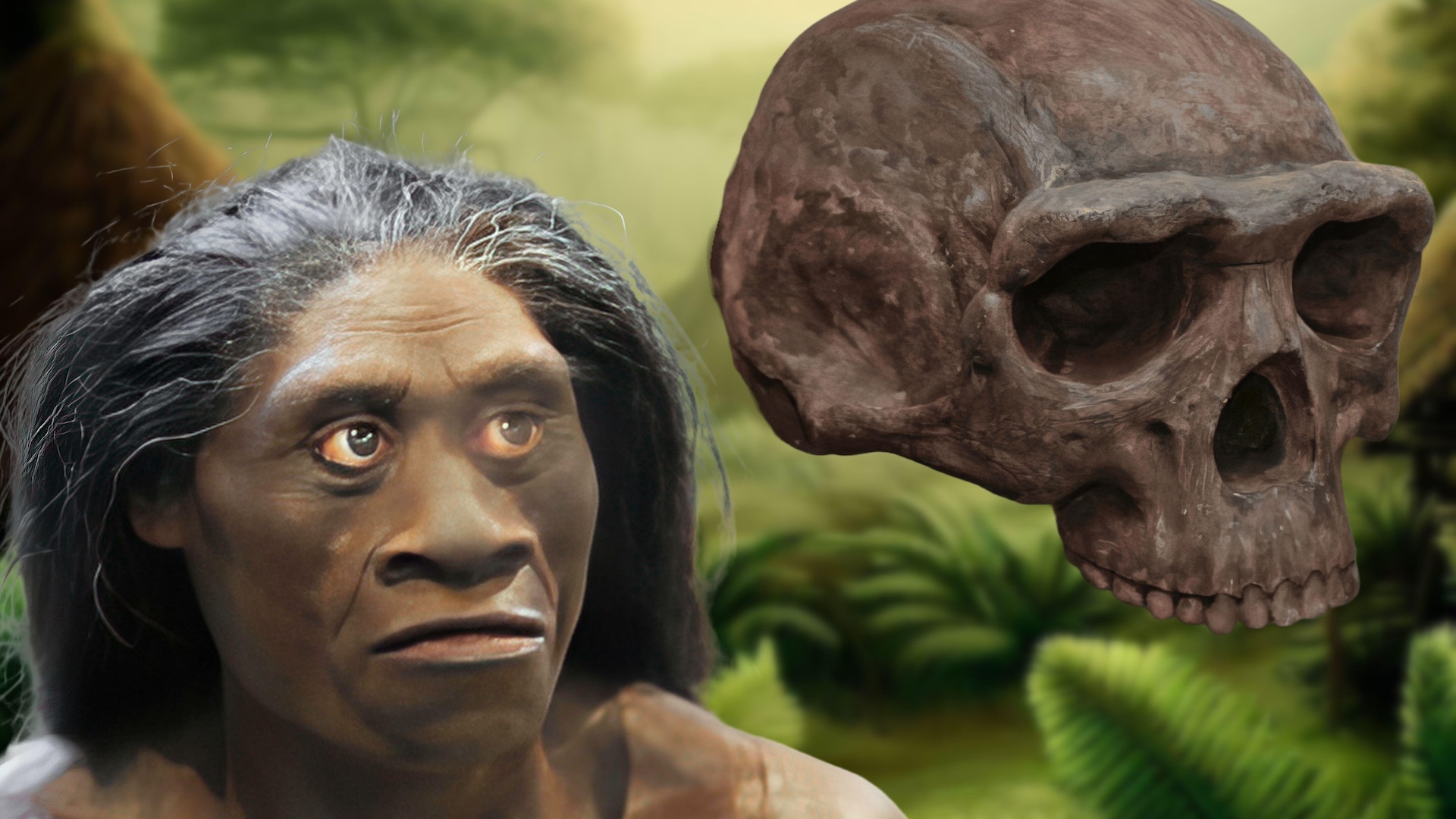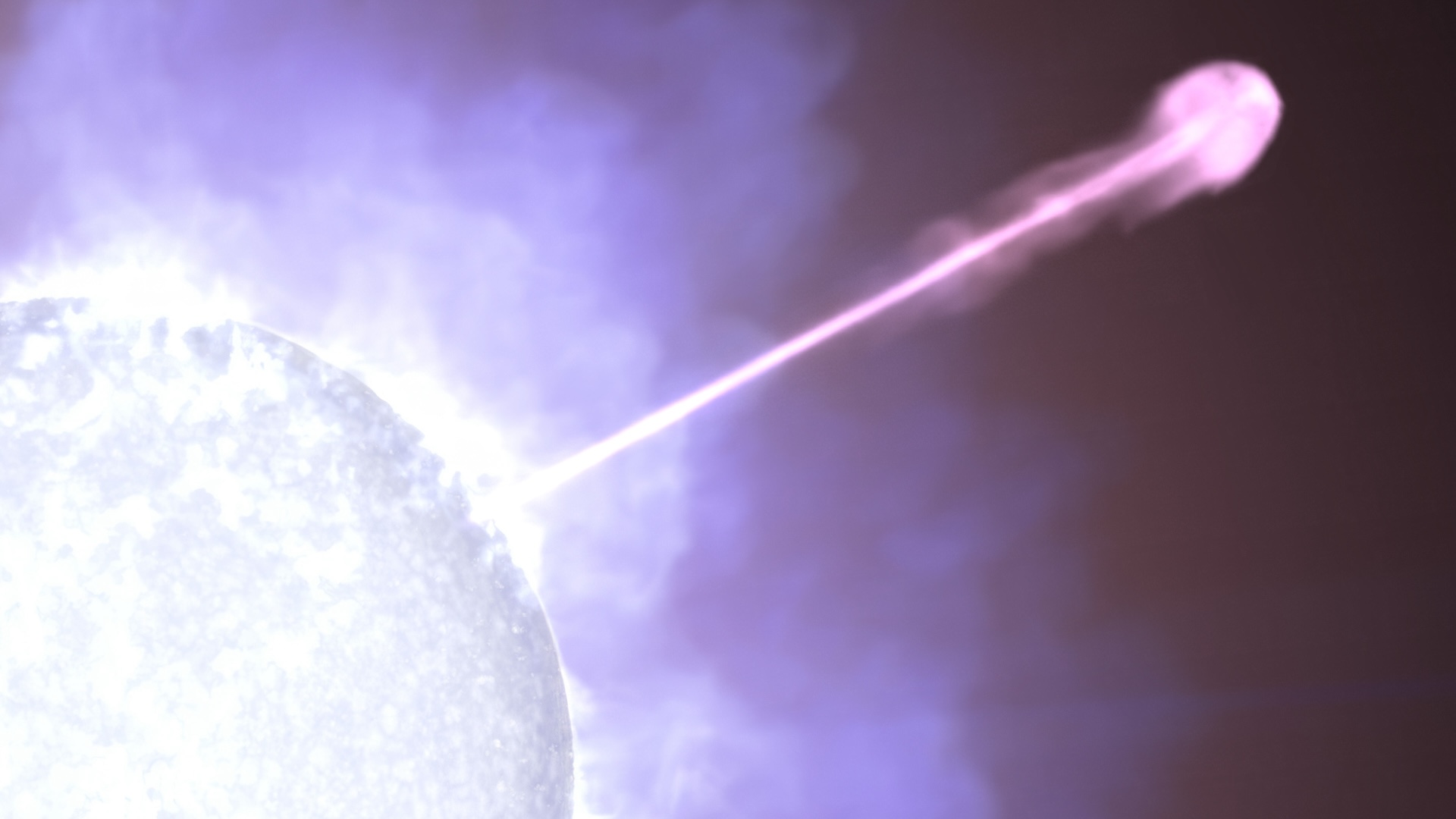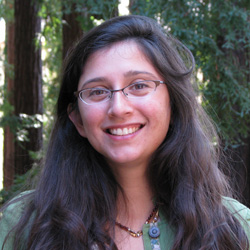
Tia Ghose
Tia is the managing editor and was previously a senior writer for Live Science. Her work has appeared in Scientific American, Wired.com and other outlets. She holds a master's degree in bioengineering from the University of Washington, a graduate certificate in science writing from UC Santa Cruz and a bachelor's degree in mechanical engineering from the University of Texas at Austin. Tia was part of a team at the Milwaukee Journal Sentinel that published the Empty Cradles series on preterm births, which won multiple awards, including the 2012 Casey Medal for Meritorious Journalism.
Latest articles by Tia Ghose
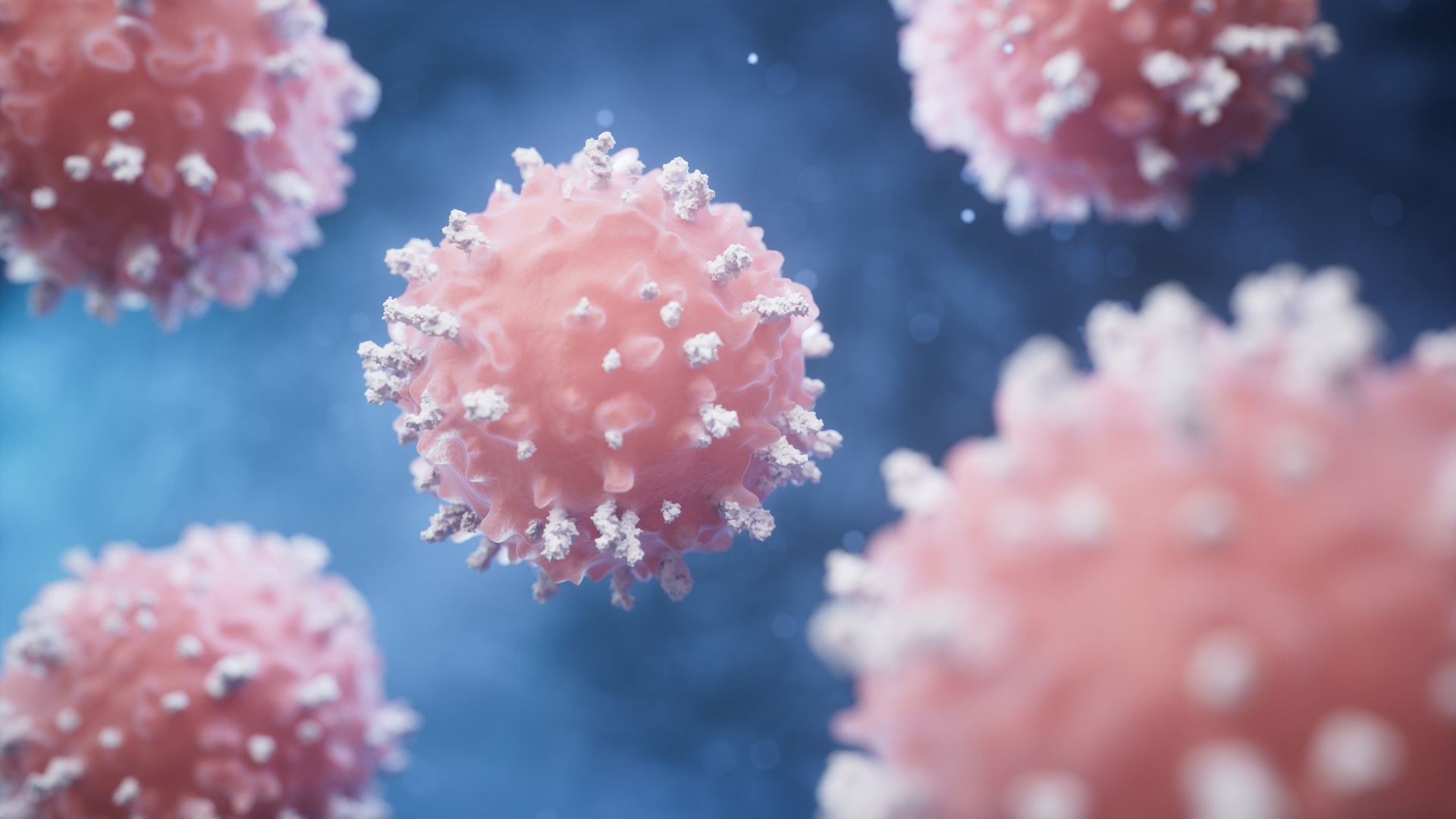
Scientists make 1-of-a-kind immune cells to guard transplants from attack
By Tia Ghose published
Scientists have designed special immune cells that protect transplanted pancreatic cells from attack in mice.

'Like a reset button on a computer': Designer cells 'reboot' immune system in 3 different autoimmune diseases
By Tia Ghose published
A small trial used designer CAR T cells to reboot the immune systems of patients with three autoimmune diseases, but it's still too early to say whether the treatment works in the long term.
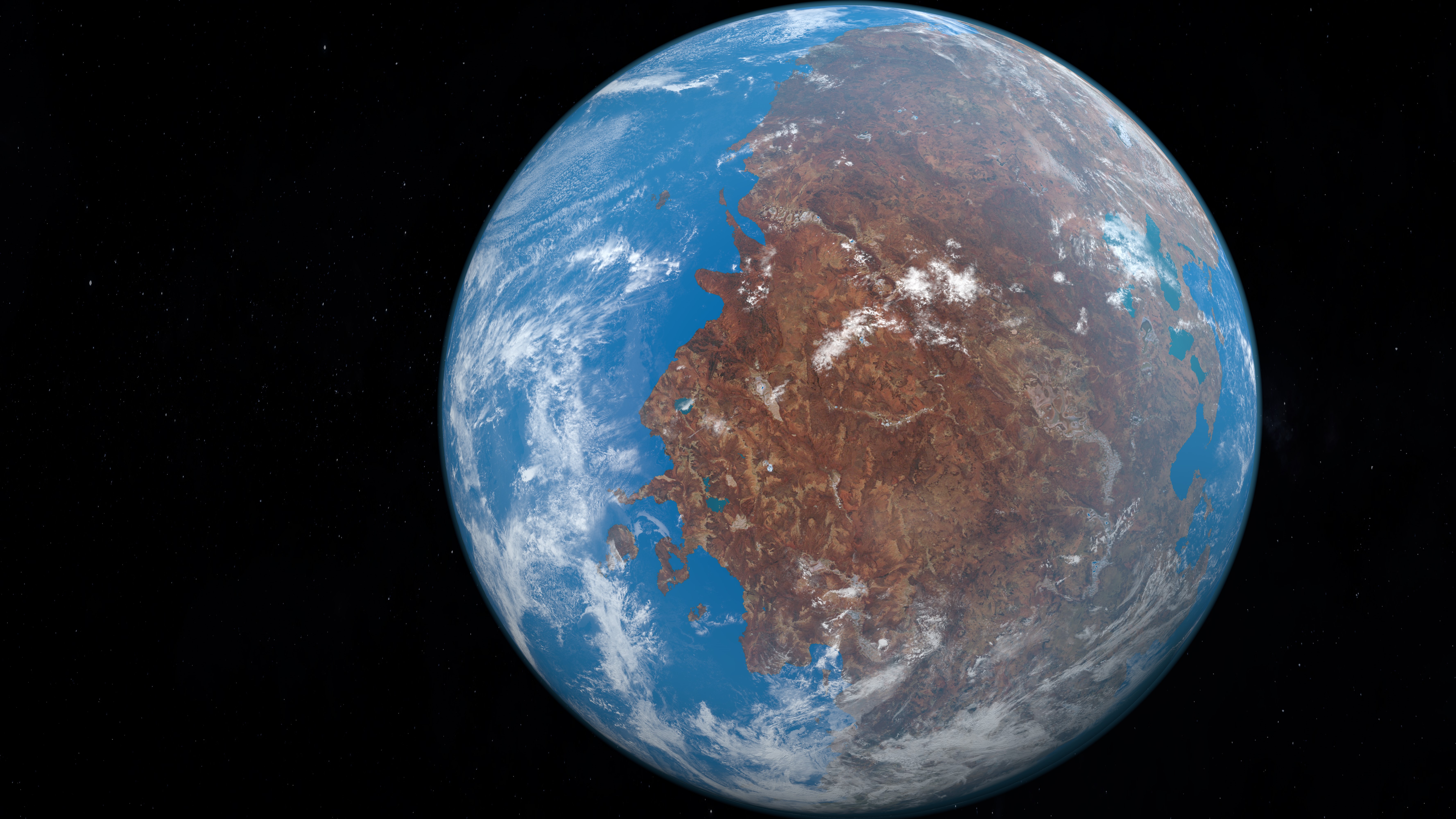
Pangaea: Discover facts about Earth's ancient supercontinent
By Laura Geggel, Tia Ghose last updated
Pangaea is Earth's most recent supercontinent, which existed 320 million to 195 million years ago.

What is the Fibonacci sequence?
By Tia Ghose last updated
Almost everything you know about the famous Fibonacci sequence is wrong.
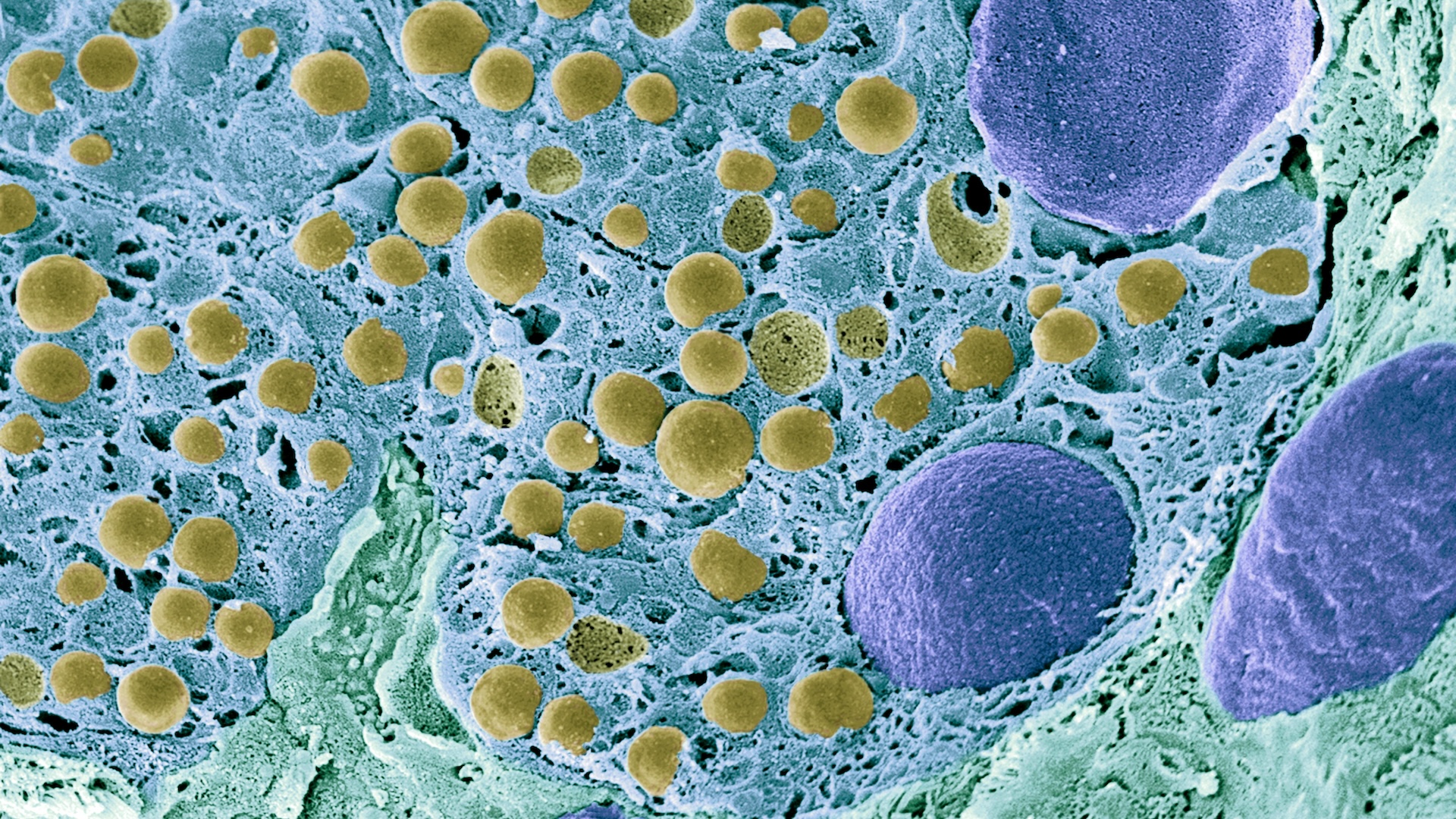
In a 1st, scientists reversed type 1 diabetes by reprogramming a person's own fat cells
By Tia Ghose published
Scientists reprogrammed a woman's fat cells to become insulin-making beta cells, reversing her type 1 diabetes.

The 9 most massive numbers in existence
By Tia Ghose last updated
From the humble trillion to Graham's number, here are some of the most massive numbers ever conceived by humans.
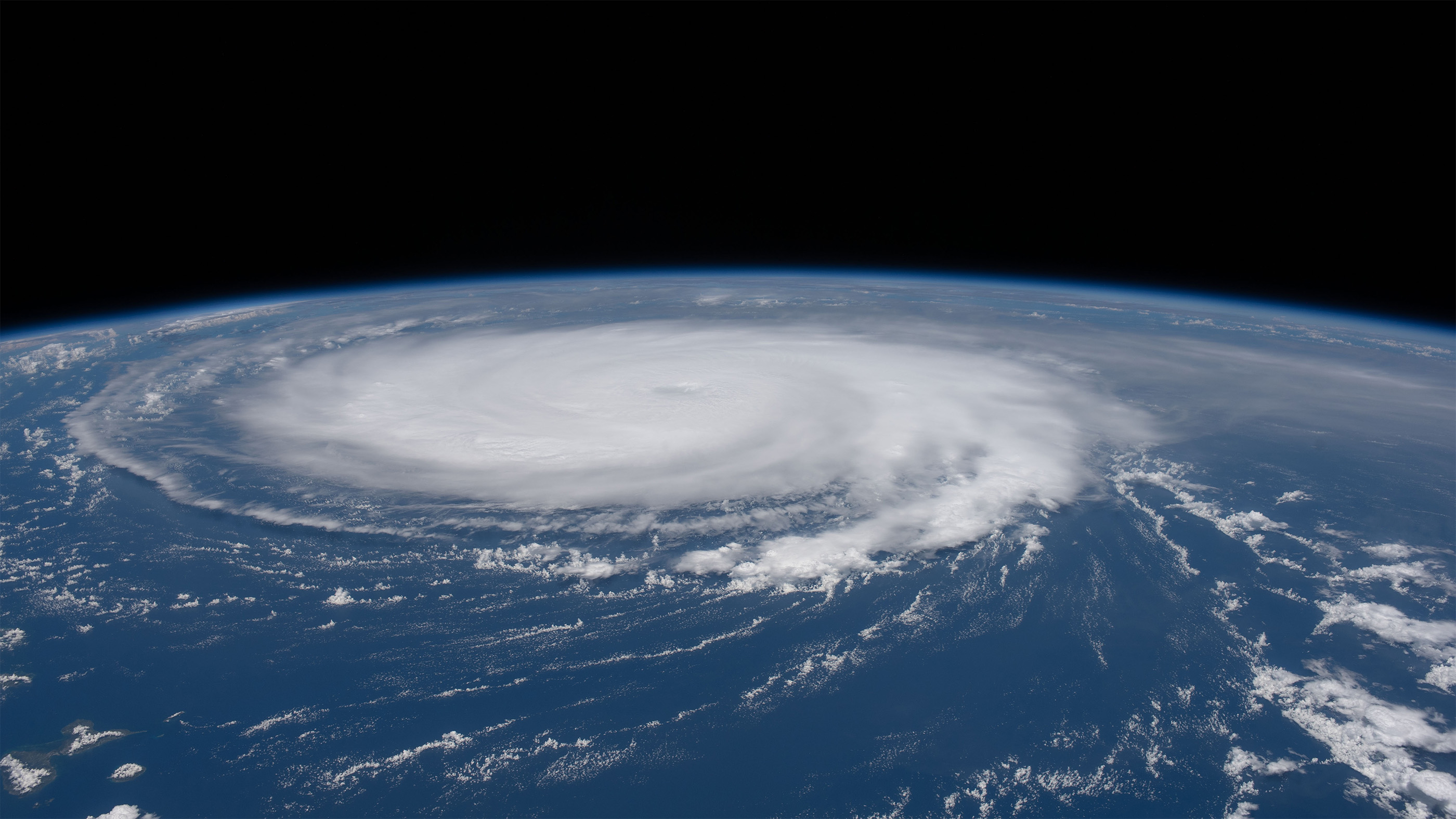
Hurricane season 2024: How long it lasts and what to expect
By Tia Ghose last updated
This guide to the Atlantic hurricane season of 2024, includes predictions, tropical storm science, naming conventions and storm safety tips.
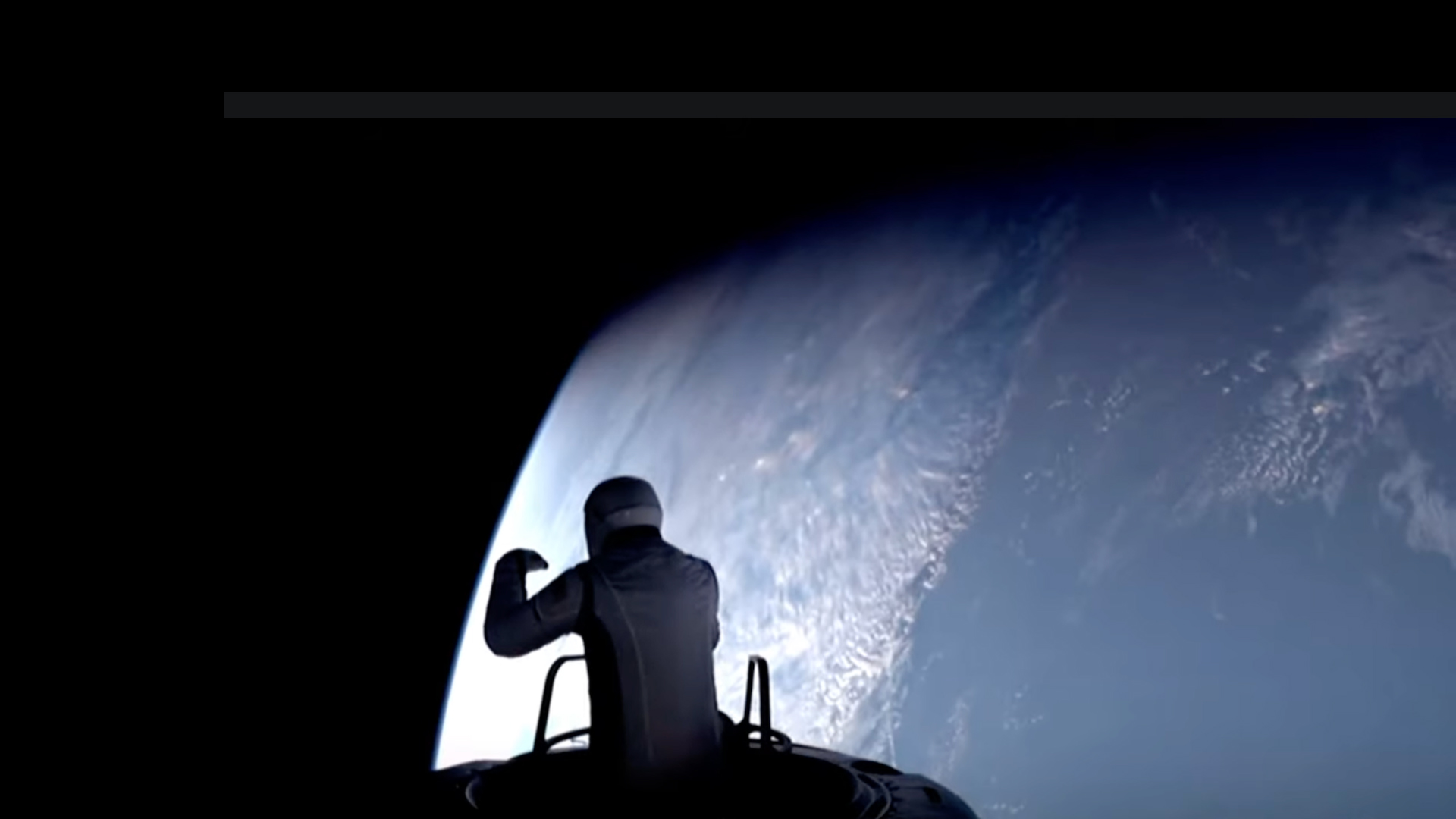
Space photo of the week: Space X's Polaris Dawn astronauts 'touch the void' on 1st-ever private spacewalk
By Tia Ghose published
SpaceX Polaris Dawn astronaut Jared Isaacman briefly "touched the void" as he embarked on the first-ever private spacewalk Thursday (Sept. 12).
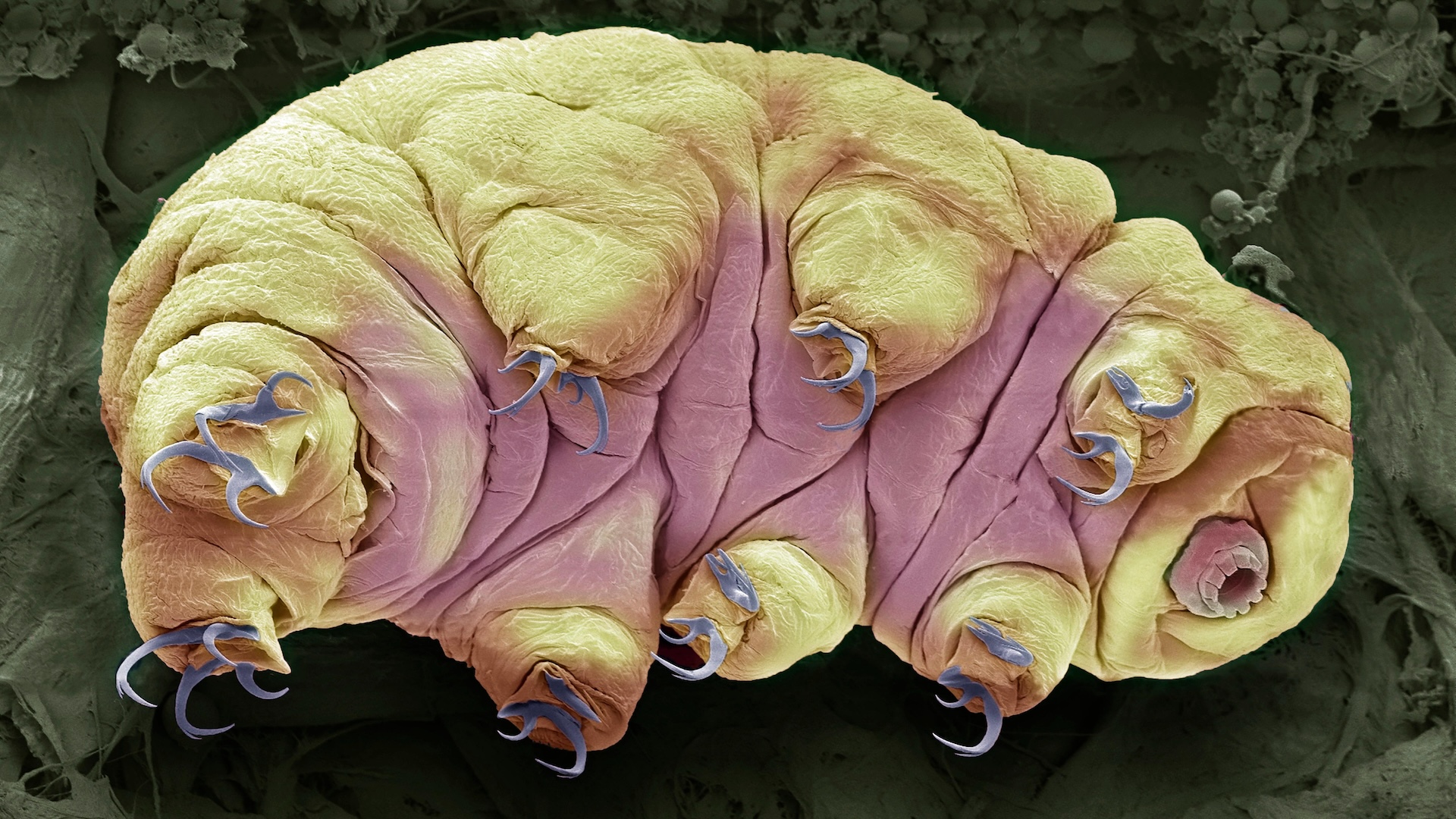
Tardigrades: Facts about one of the hardiest animals on Earth, and beyond
By Mindy Weisberger last updated
Reference Tardigrades, often called water bears or moss piglets, are near-microscopic animals that are extremely resilient.
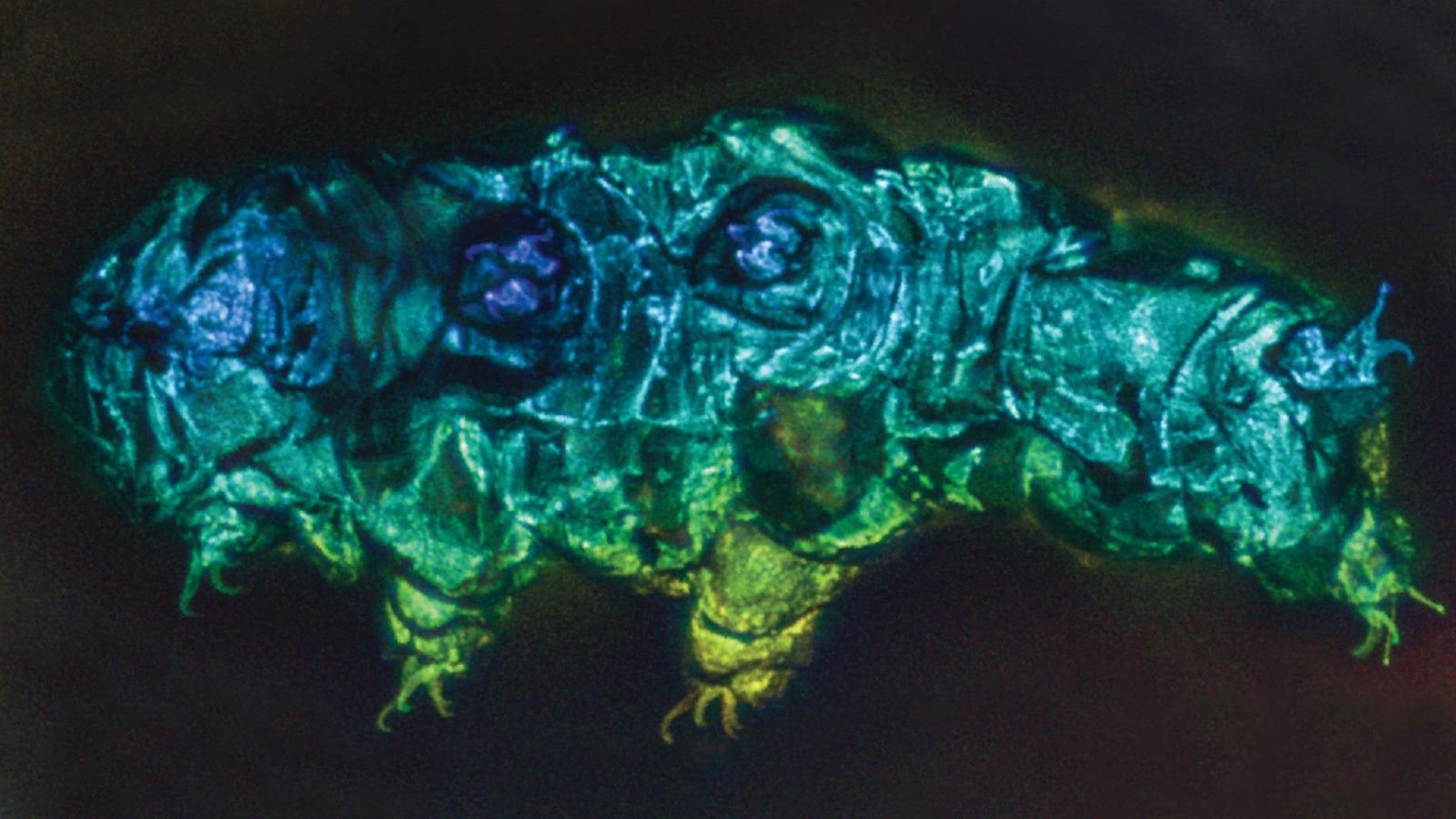
1st tardigrade fossils ever discovered hint at how they survived Earth's biggest mass extinction
By Elise Poore published
Detailed 3D images of the first tardigrade fossils ever discovered help scientists predict when tardigrades evolved their near-indestructibility — a trait that might have helped them survive multiple mass extinctions.

What are centrifugal and centripetal forces?
By Jim Lucas last updated
reference Centrifugal and centripetal are two closely related forces that describe circular motion, but the meanings are often mixed up.
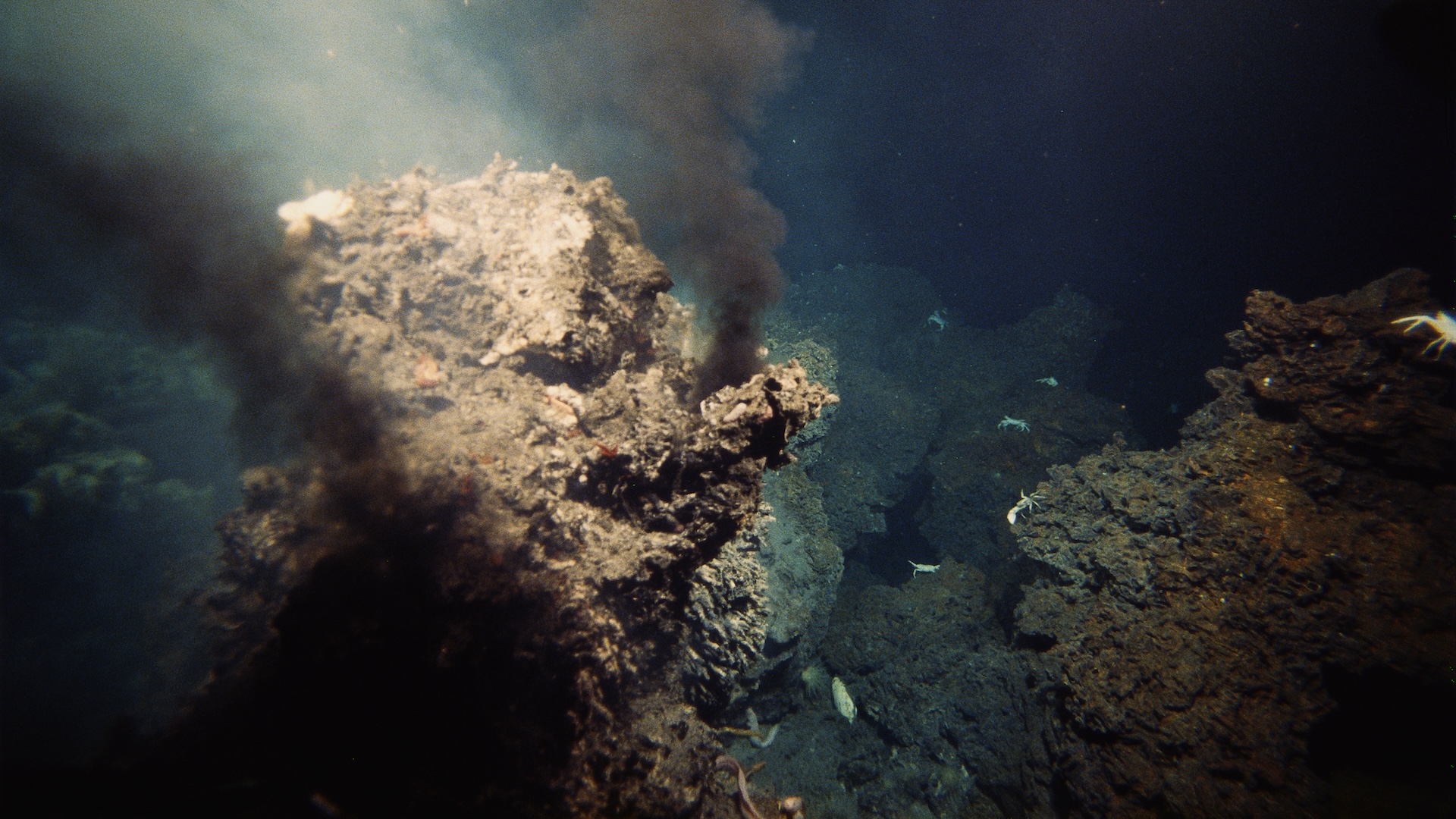
Defense system common to all life came from 'Asgard'
By Tia Ghose published
Defense systems found in all complex life, including the human body, came from primeval microbes known as 'Asgards.'
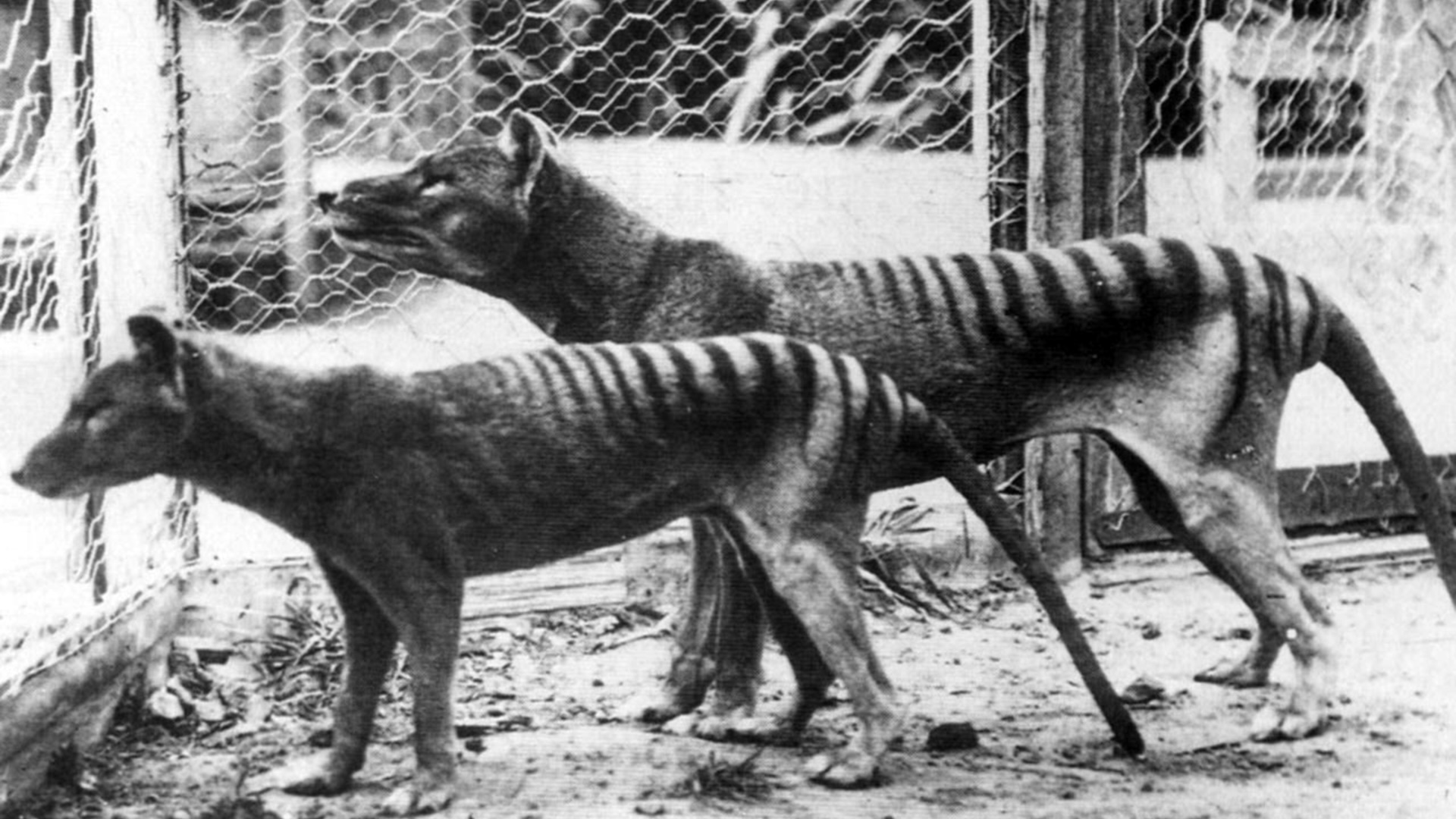
Tasmanian tiger: Facts about the extinct thylacine
By Tia Ghose published
Discover interesting facts about where the Tasmanian tiger lived, what it ate, why and when it went extinct, and whether we could ever bring one back.
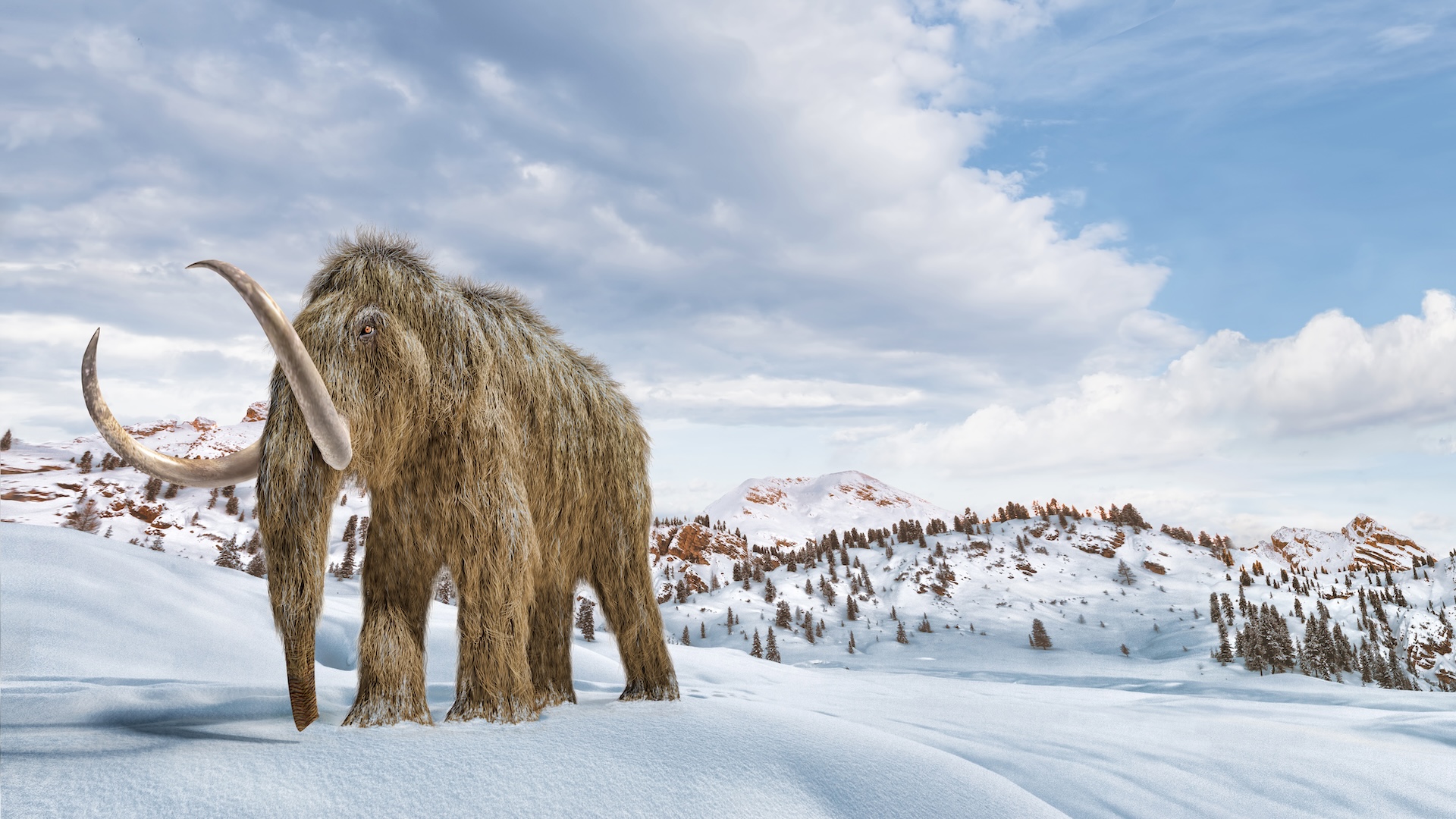
Woolly mammoths: Facts about these extinct, shaggy beasts that once roamed the Arctic
By Tia Ghose last updated
The woolly mammoth, a cousin of today's elephants, died out about 10,000 years ago. It may be possible to bring them back by cloning, but should we?
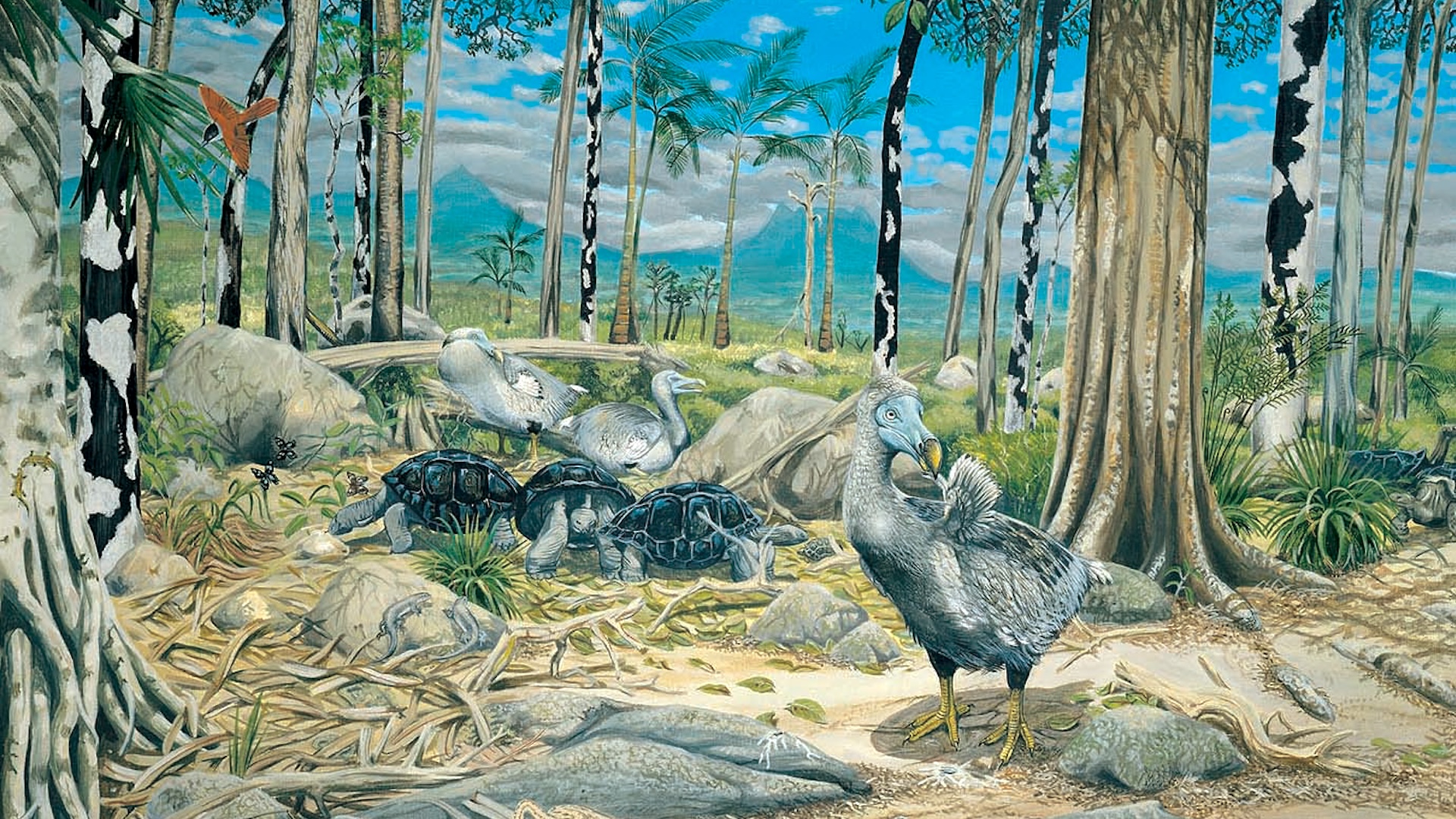
Dodos were fast and powerful, not slow and inept, definitive preserved specimen suggests
By Tia Ghose published
A new study has cleared up misconceptions about the extinct dodo, identifying the reference specimen for the species and showing they were fast and powerful.
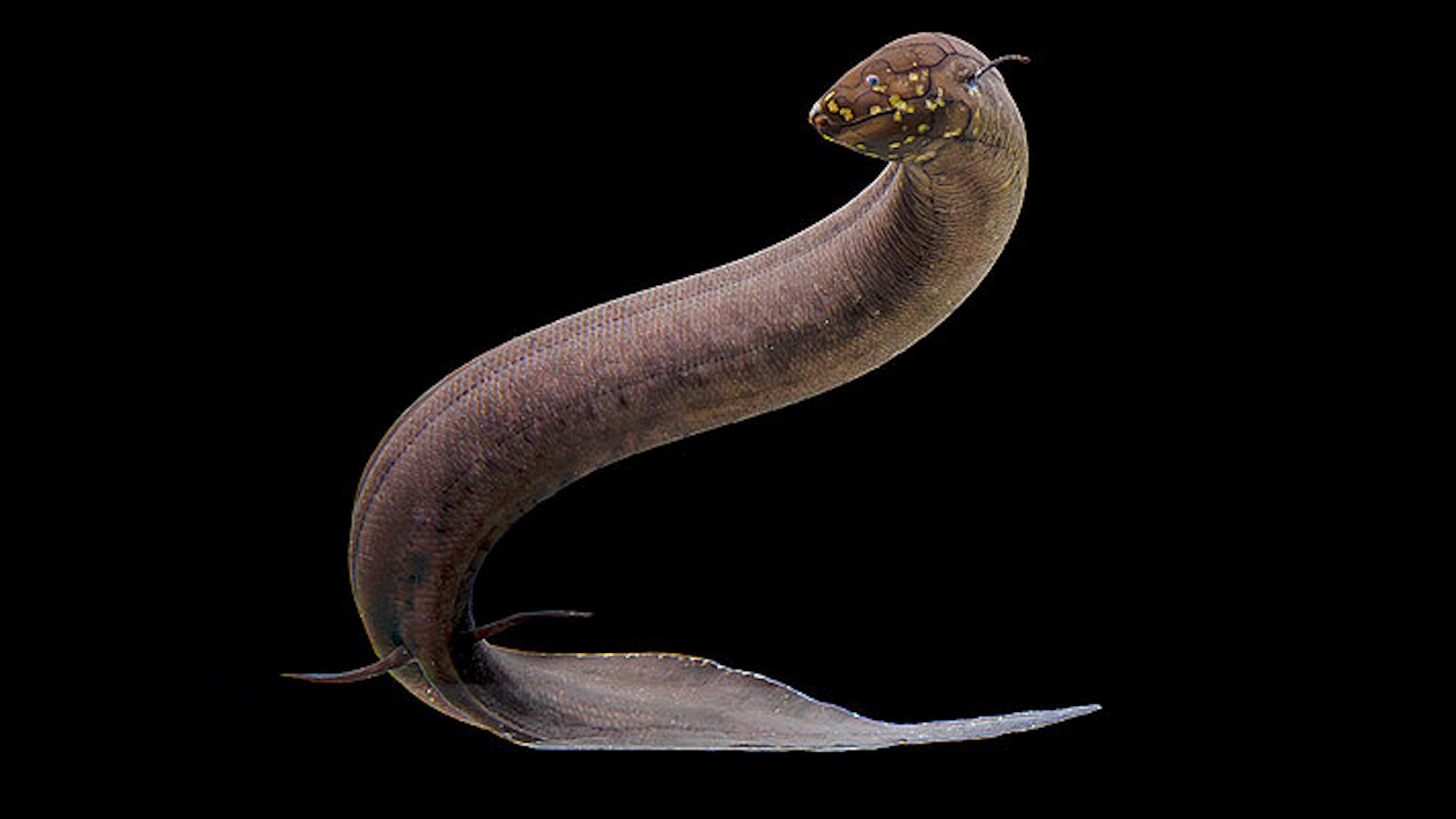
Largest animal genome sequenced — and just 1 chromosome is the size of the entire human genome
By Tia Ghose published
Scientists sequenced the largest known animal genome in a species of lungfish — ancient fish that breathe air.
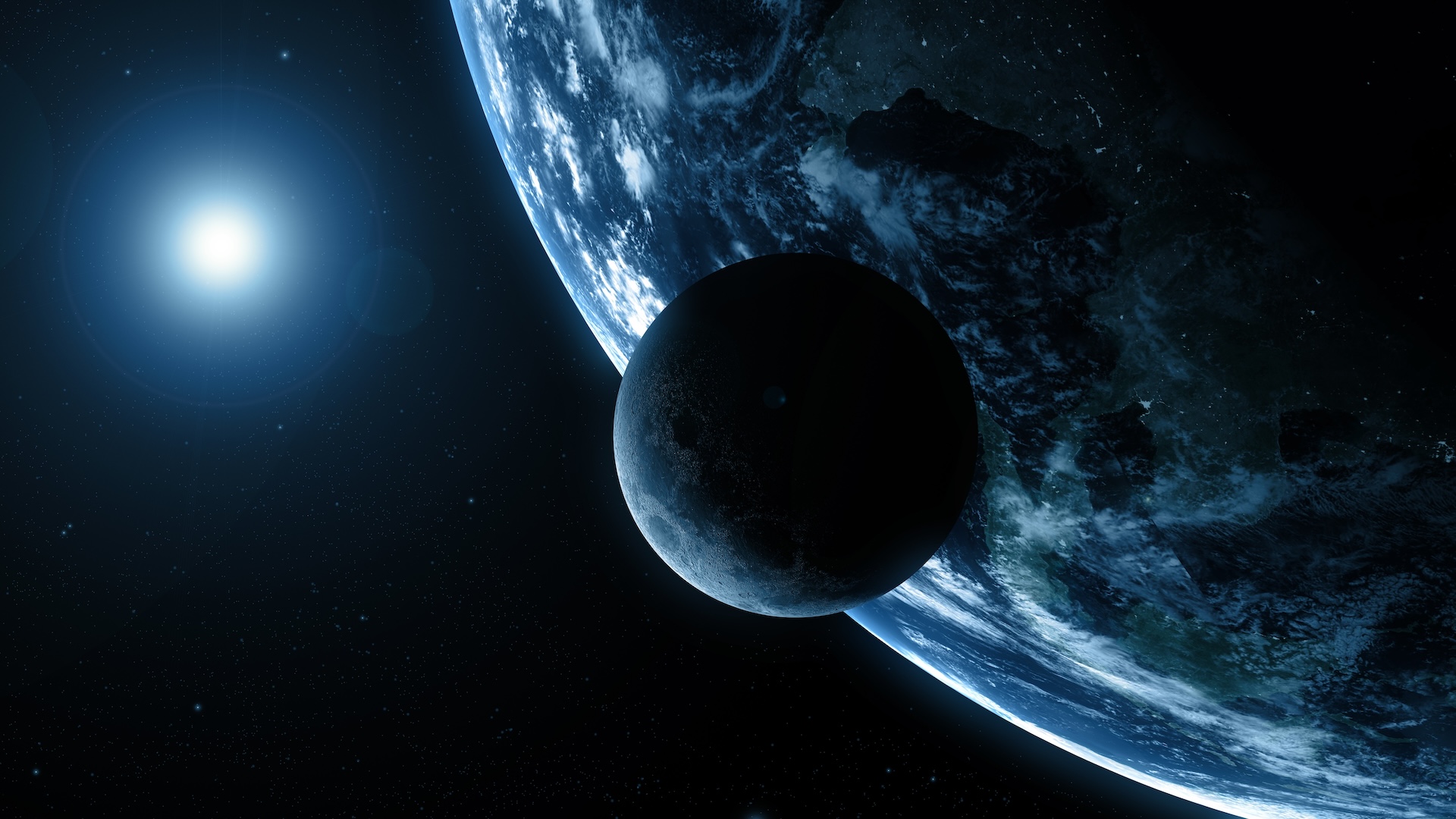
Earth’s days once got 2 hours longer — and that may have triggered one of the biggest evolutionary explosions in history, study suggests
By Tia Ghose published
The moon once drifted thousands of miles farther away, and Earth's days got 2.2 hours longer, a new study finds.
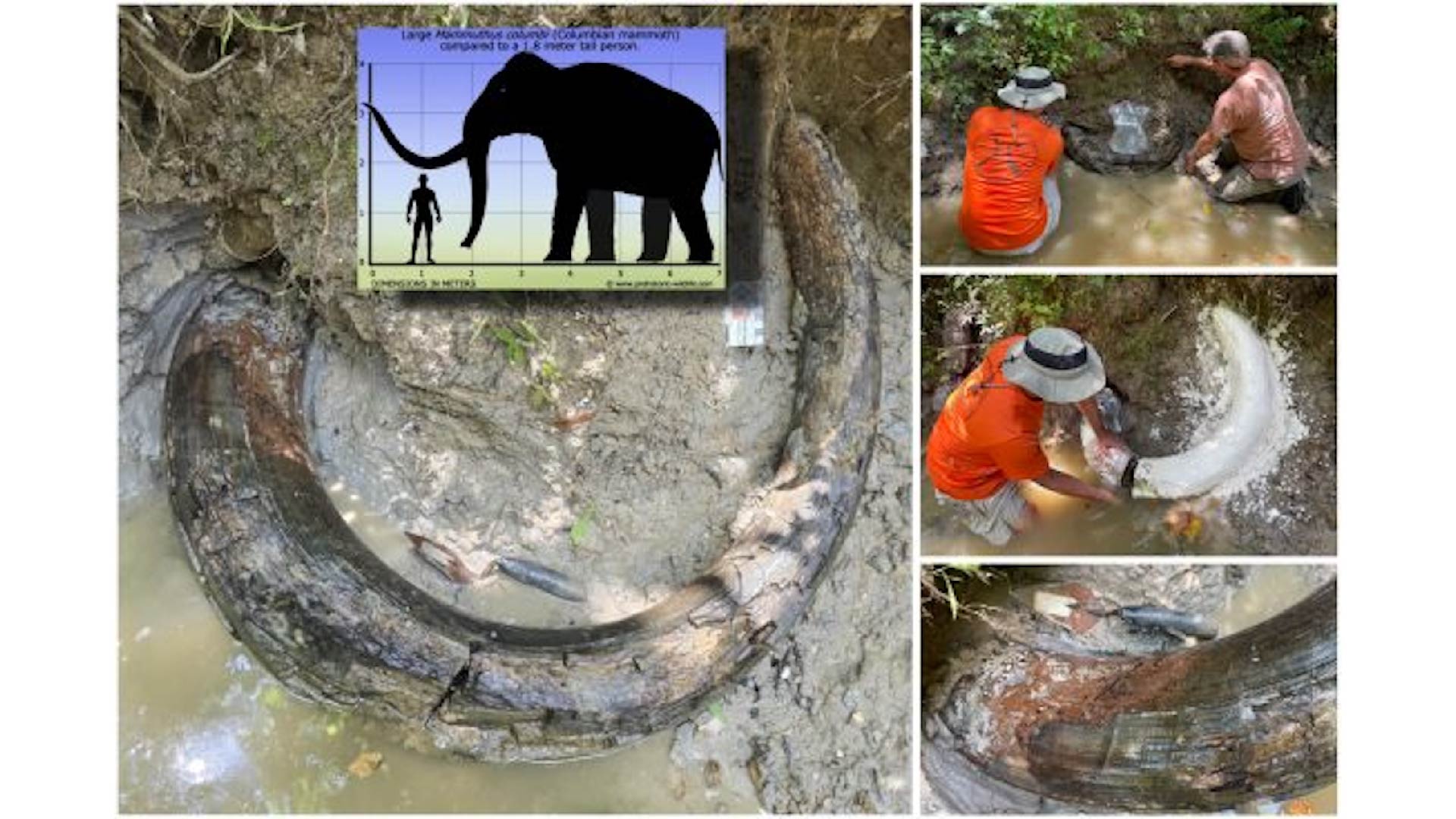
Huge mammoth tusk discovered sticking out of Mississippi streambed
By Tia Ghose published
An amateur fossil hunter in Mississippi found the first known fossil in the region from a mammoth — a well-preserved tusk that weighed about 600 pounds (270 kilograms).

Google DeepMind's robotic arm can now beat humans at table tennis
By Tia Ghose published
Google's DeepMind has been used to train a robot arm to play table tennis, and it beat human players.

Polycystic ovary syndrome: Symptoms and treatment
By Maureen Salamon last updated
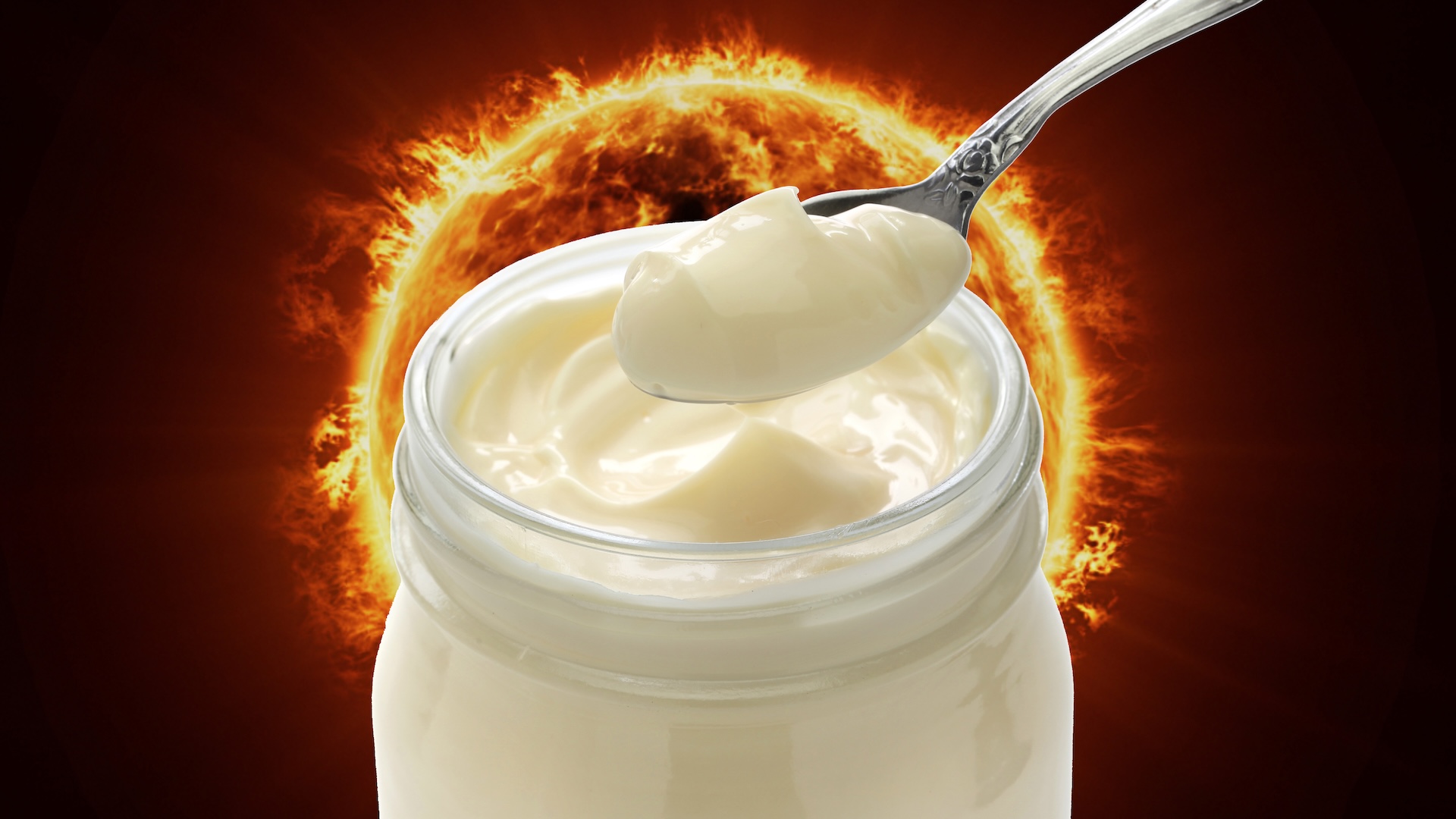
Physicists solve nuclear fusion mystery with mayonnaise
By Tia Ghose published
The same physics that underlie mayonnaise could help physicists corral the ultrahot plasma needed to produce nuclear fusion.
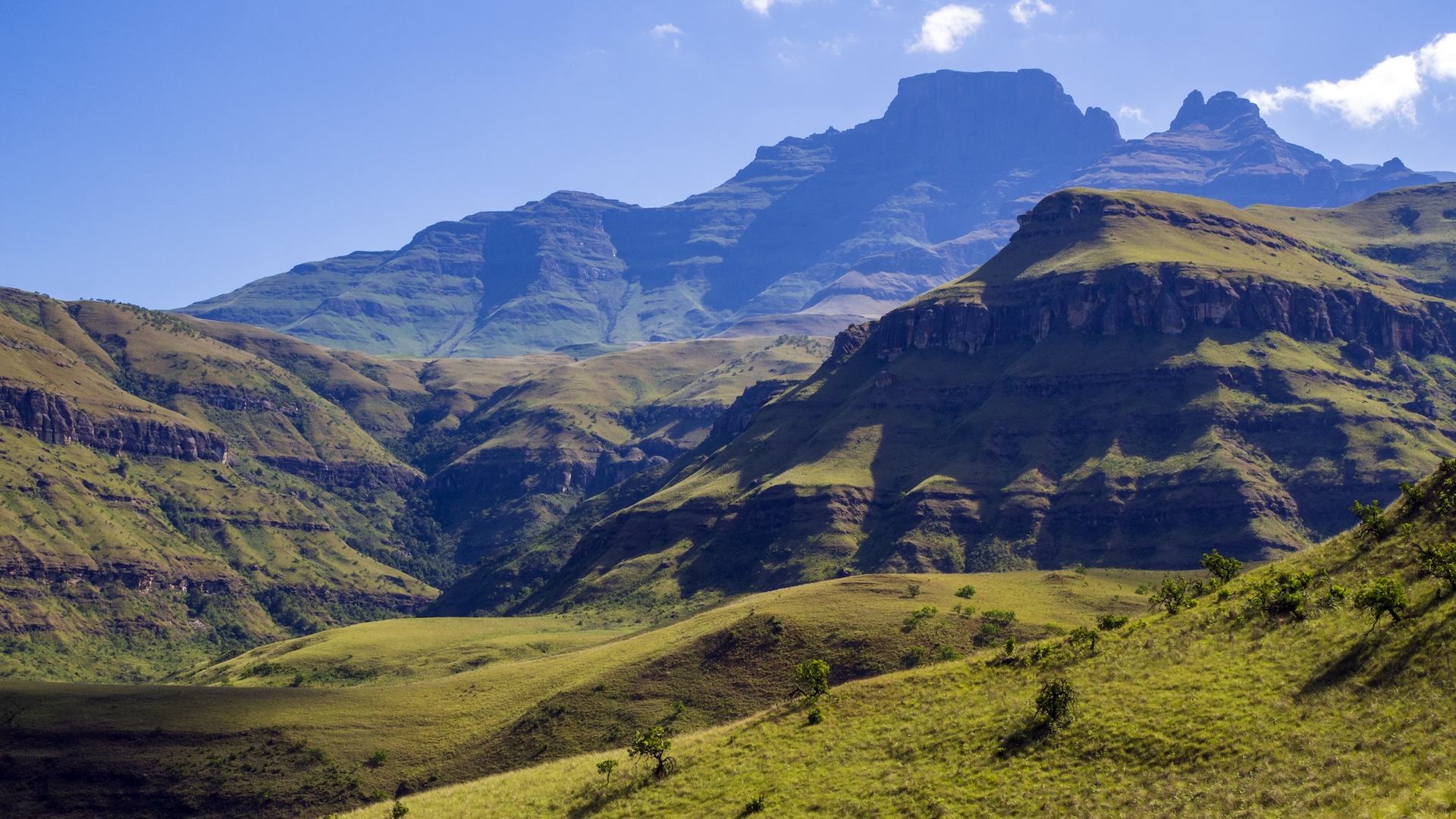
Gargantuan waves in Earth's mantle may make continents rise, new study finds
By Tia Ghose published
Dramatic cliffs and high plateaus are caused by the same wave triggered in Earth's middle layer when continents pull apart, a new study finds.
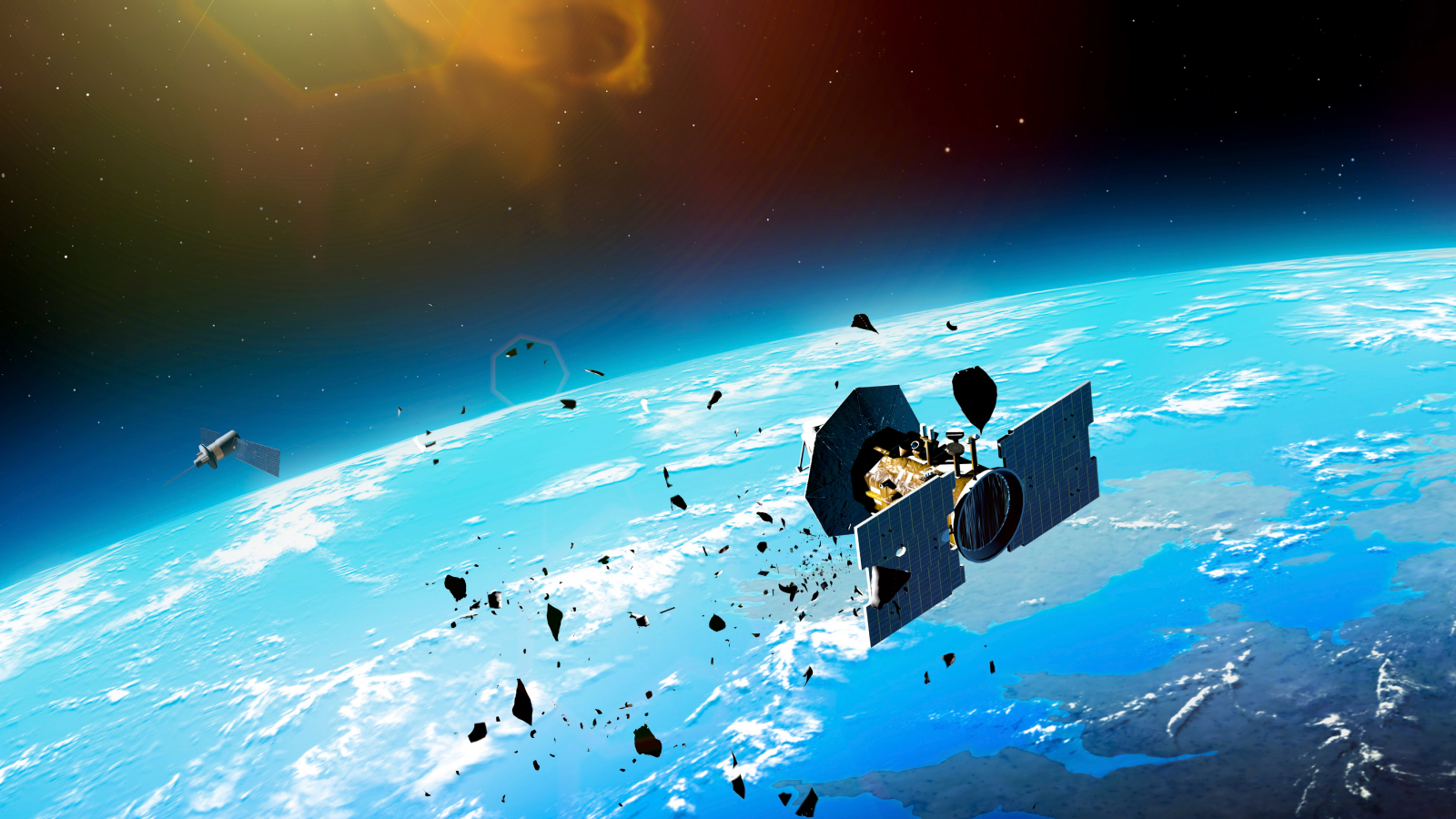
China ready to launch 1st satellite in constellation that will challenge Elon Musk's Starlink
By Tia Ghose published
China plans to launch more than 100 satellites for its new "constellation" this year and thousands more by the end of the decade.
Sign up for the Live Science daily newsletter now
Get the world’s most fascinating discoveries delivered straight to your inbox.
